Websense is a company that has created web filtering software called the same name- Websense. Web filtering software is designed to limit an end users access to specific sites on the Internet. Websense was started in 1994 by Phil Trubey and is one of the most popularly used web filtering software packages available. This type of software can be used by many different types of organizations and for many different purposes. Organizations that use Websense and what Websense is mainly used for Many different types of organizations can use Websense Read More
Digital Asset Management
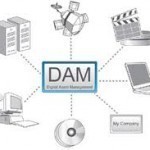
Digital Asset Management (DAM) refers to technology which helps us to manage the mass of data which we work with in our personal and professional lives. Digital asset management is a set of processes that when working together give a system, repository, and enabling workflow process for managing publishable media content such as images, illustrations, documents, audio, video and physical (non-digital) elements. Digital assets include documents, emails, pictures, MP3’s, online movies, and any other content which we store on a computer. Digital Asset Management applications try to help with one Read More
Zener Diode
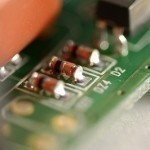
A Zener diode transfers current forward and backward, while traditional diodes are only capable of transferring current forward. Many different electronic systems use Zener diodes to control their circuit’s voltage levels. While there are several ways of doing this, Zener diodes provide efficient voltage regulation without damaging the diode itself. How Zener Diodes Work For the most part, a Zener diode acts like a regular diode as current moves in a forward direction in its circuit. However, when a large enough voltage is applied to the diode in the reverse Read More
Nanotubes
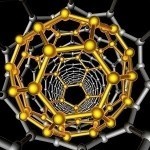
A nanotube is a cylinder made up of atomic particles and whose diameter is around one to a few billionths of a meter (or nanometers). They can be made from a variety of materials. Nanotubes are believed to be stronger than steel, but more flexible than plastic, and they also exhibit excellent thermal and electrical conductivity. These nanotubes offer the potential to be a fantastic industrial component that could be used to further strengthen infrastructure that we build. More importantly, though, is how they might appear in chips and electrical wiring in Read More
Transmission Electron Microscope
The transmission electron microscope (TEM) is a scientific instrument that uses electrons instead of light to scrutinize objects at very fine resolutions. They were developed in the 1930s when scientists realized that electrons can be used instead of light to "magnify" objects or specimens under study. TEMs provided a means to go beyond the magnification and resolution limits of light microscopes, allowing for magnification of up to 100,000x and resolutions in the nanometer range. Uses of the Transmission Electron Microscope The TEM has its primary uses in metallurgy (or the Read More
UTP (Unshielded Twisted Pair)
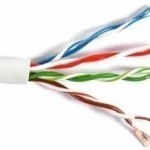
UTP (Unshielded Twisted Pair) is a regular copper wire that joins many home and many business computers to the telephone company. UTP is the most common form of twisted pair wiring, because it is less expensive and easier to work with than STP (Shielded Twisted Pair). It is used in Ethernet 10Base-T and 100Base-T networks as well as in home and office telephone wiring. Two insulated copper wires are twisted around each other to decrease crosstalk or electromagnetic induction between pairs of wires. The twist in UTP helps to reduce Read More
How to Use the Pen Tool
The pen tool (in both Adobe Photoshop and GIMP) is one that allows users to make lines and shapes that, with modifications, can be turned into many different drawings. Using the pen tool is relatively straight forward. However, there are dozens of different things people can do with the tool. Its most basic use is creating shapes and drawing lines. How to Use the Pen Tool in Adobe Photoshop On the tool bar, select the pen tool. It looks like a small fountain pen. “Create a New Work Path” and Read More
rundll32
The Windows Operating System (OS) uses the rundll32.exe application to run or launch other programs that are located in shared .DLL (Dynamic Link Library) files on the Windows OS. Rundll32.exe is a valid Windows OS file and it is normal for it to be running on a computer. Since many users get used to seeing the Rundll32.exe application name running on their computer(s), computer malware architects have mimicked the program name on malicious applications. These applications are stored in alternative locations on the computer in an attempt to keep the Read More
How to Use Telnet

Telnet is a utility program that allows remote access to other computers if they are installed on a network or have access to the Internet. Telnet lets users run commands on the remote computer. It can execute commands faster than the Web and other popular remote computer access applications. Telnet is not widely used as it does not have a secure connection to the remote computer. However, some computer users still prefer it over LAN connections. What Do You Need to Establish a Telnet Connection? Anyone who wants to establish Read More
Photodetectors
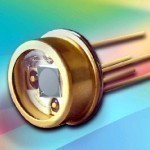
A photodetector is a device that imprints the image of an object or scene onto a material. Photodetectors are made in various ways and can be used for different purposes. Most photodetectors fall into the phototube, thermal detector, or camera category. These photodetectors are used for communication, navigation, and record keeping. Types of Photodetectors Phototube A phototube is a device that contains a chamber and is either filled with gas or vacuumed so that light passes through it. Phototubes are extremely sensitive and detect ultraviolet, visible, and infrared light. They Read More


Share on: